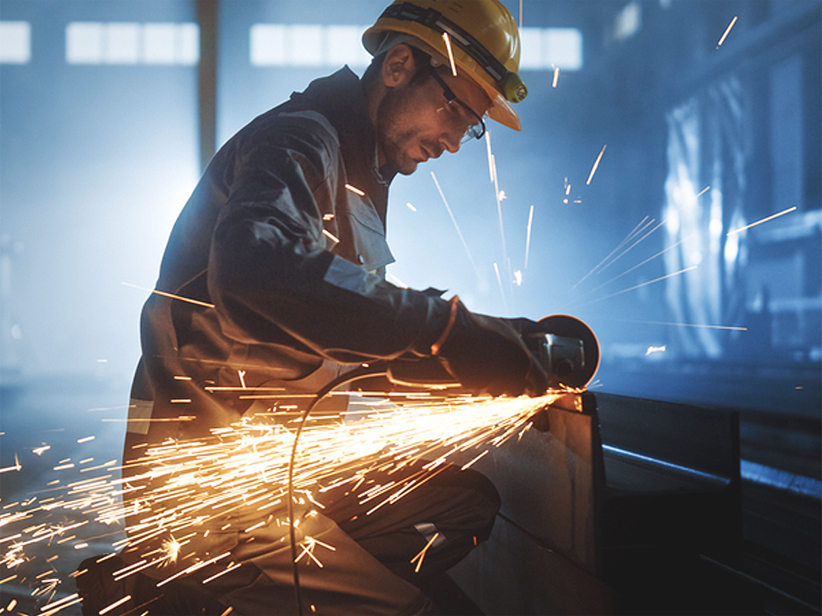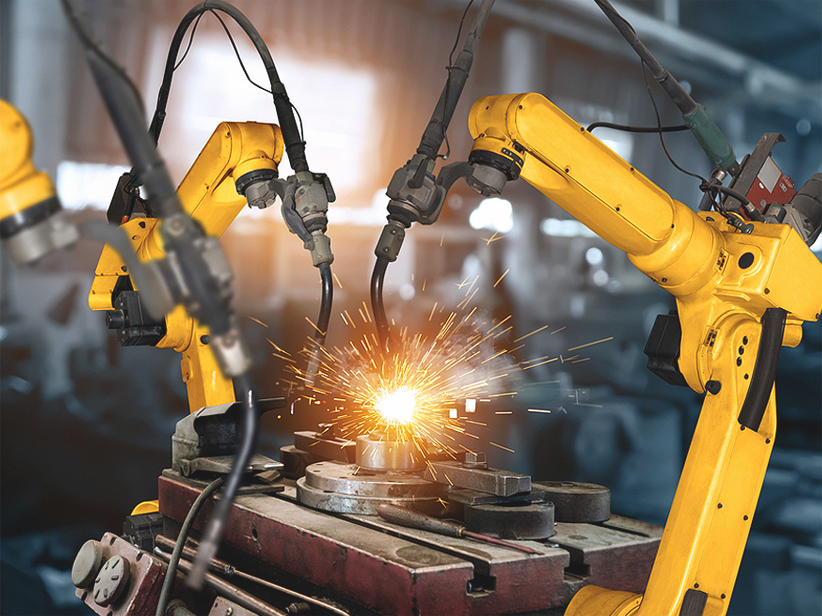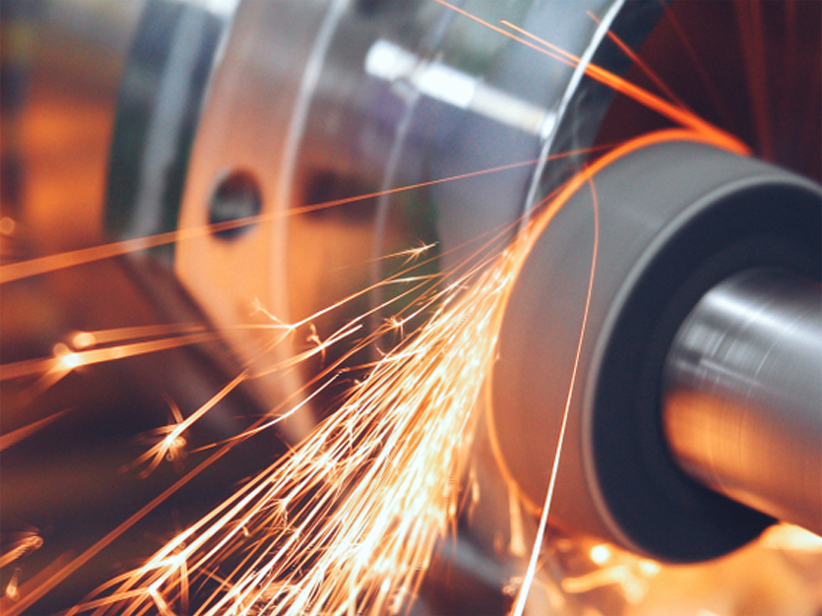HERE’S HOW STAINLESS STEEL IS REVOLUTIONALIZING THE MINING INDUSTRY
Though one of the most vital sectors for producing modern tools and machinery, the mining industry has always faced a grave problem while coexisting with the environment, i.e., their carbon footprint. Every mining company has to ensure that its processes produce as minimal harmful emissions and byproducts as possible. And the only plausible way to achieve maximum eco-friendly methods is to rely on renewable energy sources and use recyclable materials. Also, as mining involves processing, storage, and transportation of highly reactive fluids and metals, the efficiency of each process depends on the non-reactiveness and resilience of the containers and tools used during the process.
The only metal that best qualifies all these criteria and has proven to be the most reliable raw material for designing mining tools and machines is stainless steel.
Everybody knows that the only alloy which is completely resistant to corrosion in chemically reactive environments is stainless steel. Hence, it is readily ideal for processing and storing mining products that otherwise rapidly erode their containers and warehouses when other carbon-based metals are used.
However, another amazing property of stainless steel that can greatly help the mining industry decarbonize their processes is its reusability. Stainless steel survives the longest life in corrosive environments and is the only alloy that is almost 100% recyclable. Valuable elements such as chromium, nickel, and molybdenum can be effectively separated from scrap SS and reused to produce fresh SS bars and sheets.
The screening process in mining is the most crucial stage for crushing and separating distinct elements through screens of different grid sizes. However, the fine ore granules can clog the mesh if the grid is made of metals with high abrasion and poor chemical resistance. Stainless steel grids are excellent separators as steel alloys readily have a smooth surface that doesn’t react chemically with other substances. As steel is highly malleable, grids wires with extremely small diameters can be designed for separating finer ore contents.
The roof sheets of smelter houses are highly exposed to acidic fumes formed as byproducts during the refining process. Any other carbon-based metal will rapidly erode and lose its strength, but not stainless steel. Stainless steel roofs over smelting furnaces prevent harmful gases from depositing or escaping into the environment.
With all machines and containers being continually exposed to clogging and adhering metal particles, keeping them clean is another challenge. Stainless steel beats such adhering particles easily as its surface is smooth and easy to clean.
Its applications aren’t limited to machinery, as the utensils, tables, benches, and other daily use equipment for mine workers also need to be hygienic and lightweight. Hence, they are also made of SS grades
Ultimately, the essential properties of SS, especially 410 stainless steel, such as corrosion-resistance, durability, and sustainability, are best suited for most of the machines and components involved in the mining process.
All countries around the world are striving to decarbonize their environment by using reusable materials and low-emission techniques in their industrial sectors, and every stainless steel manufacturer has a significant role to play in it. Which is why Venus, one of the leading stainless steel supplier in India, is working closely with their clients involved in the mining industry to deliver quality steel products that are reliable and cost-effective. If you’re looking to buy SS rods and bars from a trusted stainless steel manufacturer in India, visit the Venus website to reach out to us today.







